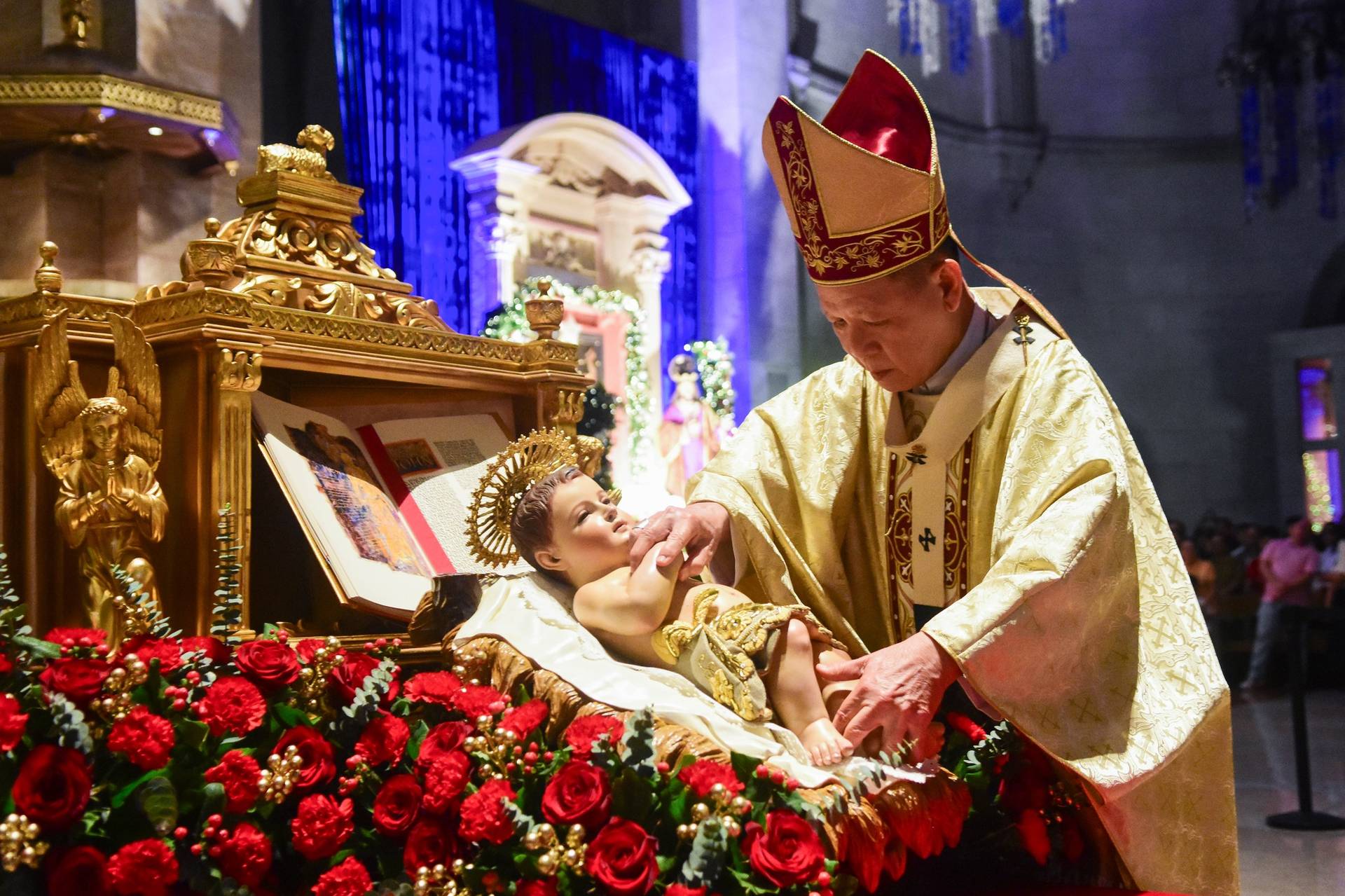MUMBAI – A two-day photo exhibit this week in Kolkata, the sprawling city made famous by Mother Teresa, celebrated the life and legacy of another Catholic missionary who spent his life in India: Croatian Jesuit Father Ante Gabric, a contemporary of Mother Teresa and, like her, now a candidate for sainthood.
The exhibit took place Thursday and Friday at the Mother Teresa Hall in Christ the King Church, Park Circus, Kolkata.
Born in 1915 to a large Catholic family in Metković, Croatia, Gabric entered the Jesuits and left Europe to serve as a missionary in India in 1938. He was ordained a priest in 1943 and, over the course of the next five decades, he became known as the “Apostle of Sundarbans” for his work in the Bay of Bengal delta in northeastern India, near Kolkata.
Among other things, Gabric organized rice banks among the rural poor to free them from the grip of moneylenders, and he also founded homes for Hindu widows who were not able to legally inherit their husband’s property, and who were often marginalized and expelled from their communities.
Gabric worked closely with Mother Teresa and her Missionaries of Charity order.
Titled “Where the Palms Bloom,” the exhibit in Kolkata is jointly sponsored by individuals from Croatia attached to Gabric’s memory as well as the Archdiocese of Calcutta and the nearby Diocese of Baruipur. Other exhibits dedicated to Gabric are planned for venues in the Sundarbans region later in February, after having been staged in Croatia in 2022.
The Kolkata exhibit features rare photos of Gabric taken by Croatian photographer Zvonimir Atletic in 1977. Several portray the early works of Saint Teresa of Kolkata and Gabric, who is now a Servant of God, the first step in the Catholic Church’s journey towards a formal declaration of sainthood.
The canonization process for Gabric was opened on the centenary of his birth, February 28, 2015, by Cardinal Josip Bozanic of Zagreb, who declared Gabric a “Servant of God.”
The Vice Postulator for the cause, Father Mirko Nikolic, said researchers have finished the diocesan part of the process and need to interview a few more witnesses in Croatia. Testimonies from India also will be submitted to the Vatican’s Dicastery for the Causes of Saints as part of the review.
Gabric died in Kolkata in 1988. His body was buried in a village parish he started in the Sundarbans, where he had spent 45 years serving its many parishes.
“Father Ante was a man on fire and a man for the frontiers, finding new avenues and opportunities to reach out to the unreached and unreachable in the dacoits-infested and communist-ruled islands of the Sundarbans,” wrote the late Nicolas Naskar, a Croatian catechist who worked with the Jesuit missionary ever since his arrival in the flood-prone delta region of the Sundarbans.
Gabric was a prolific letter writer, especially to his family members, friends, acquaintances and most importantly, benefactors. He also started many self-help groups imparting skills like carpentry and tailoring to help people to earn their livelihood.
“The photo-exhibition is very nostalgic, and aptly brings back to life the time when Fr. Gabric was a familiar face in the Sundarbans,” said Subrata Ganguly, a local expert on church art. “Old folks still recall growing up hearing stories of Father Gabric being a familiar figure walking and cycling through challenging terrains to reach out to the people in need.”
Violeta Orsulic, who helped organize the Kolkata exhibit and who also established the “Fr. Ante Gabric Foundation,” says Gabric and Mother Teresa inspired her to organize the program in India. Martina Vrecko, another Croatian devotee of Gabric, expressed joy at being able to visit several of the sites in India where he lived and worked.















